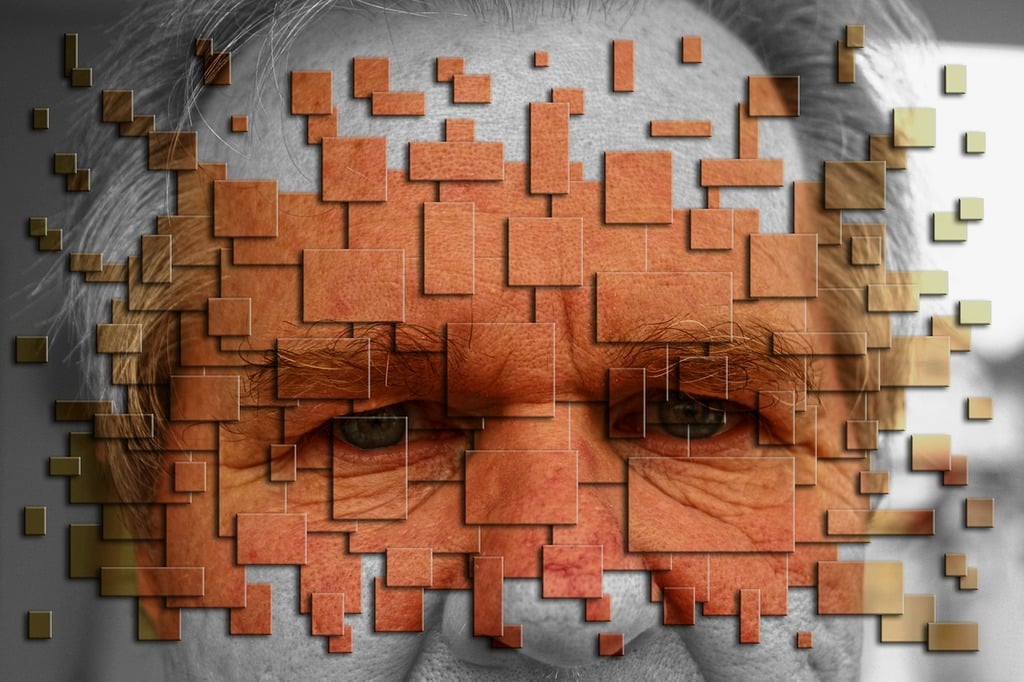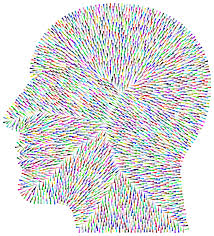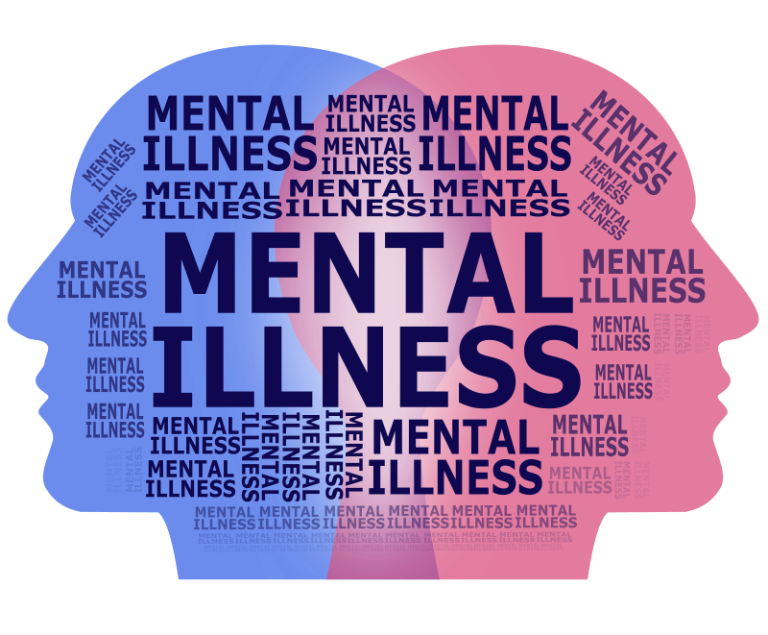Why Are More Women Than Men Diagnosed with Borderline Personality Disorder?
-
by
Dr Constantina Katsari
- No Comments on Why Are More Women Than Men Diagnosed with Borderline Personality Disorder?
Borderline Personality Disorder (BPD) is a complex mental health condition that affects how people regulate emotions, relate to others, and see themselves. People with BPD often experience intense mood swings, fear of abandonment, a shaky sense of identity, and impulsive behaviours. These symptoms can lead to chaotic relationships, self-harm, and ongoing distress. Despite affecting people of all genders, most of those diagnosed with BPD are women—around 70% to 75% in clinical settings.
A new 2024 study published in Frontiers in Psychiatry offers a fresh perspective on this imbalance. The review looks at how BPD is experienced differently by men and women, how these differences shape diagnosis and treatment, and whether the gender gap is real or the result of misunderstanding. The findings raise important questions about how mental health conditions are recognised and how support systems can be improved.
Is BPD Really More Common in Women?
At first glance, it seems obvious that BPD affects more women than men. In hospitals and therapy clinics, women with BPD far outnumber men. But when researchers study the general population—people who may have never sought help—the numbers tell a different story. In these community samples, men and women appear to experience BPD at roughly equal rates.
This suggests that men with BPD may be underdiagnosed or misdiagnosed. They might not be seeking help, or their symptoms may not be recognised as BPD by health professionals. This is not just a statistical issue—it means many men are missing out on the support they need, and it could also mean that BPD is being misunderstood in ways that depend on gender.
Different Faces of the Same Disorder
While men and women may experience the same core condition, the way BPD shows up in daily life can be quite different. Women are more likely to internalise their distress. This can mean withdrawing from others, feeling empty or worthless, and struggling with anxiety, depression, or eating disorders. These symptoms often lead women to seek therapy or hospital care, where BPD may be diagnosed.
Men with BPD tend to externalise their symptoms. Rather than turning their pain inward, they may express it through aggression, substance misuse, or dangerous behaviour. Their suffering is no less intense, but it is often interpreted differently. Instead of being seen as signs of emotional distress, these behaviours are more likely to be labelled as anger problems, conduct issues, or even criminal tendencies. As a result, men may receive other diagnoses—like antisocial or narcissistic personality disorder—or no diagnosis at all.
This difference in presentation plays a major role in shaping who gets a BPD diagnosis. It also affects how people are treated, both medically and socially. Women may be labelled as “emotionally unstable,” while men may be seen as “difficult” or “dangerous.” Both views are unhelpful and contribute to the stigma that still surrounds BPD today.
The Role of Biology and the Brain
Scientists have also started exploring whether brain differences may explain some of the gender variation in BPD symptoms. Although the research is still developing, early findings suggest that certain brain structures may function differently in men and women with BPD.
For example, women with BPD are more likely to show reduced volume in the amygdala and hippocampus—areas involved in emotion processing and memory. This could help explain the heightened emotional sensitivity and difficulty regulating feelings that many women with BPD experience. In contrast, men with BPD may have changes in the anterior cingulate cortex, a brain region linked to decision-making and impulse control. This might be connected to the risk-taking and explosive behaviour seen more often in men.
Hormonal differences, including the effects of oestrogen and testosterone, might also influence how BPD symptoms develop and are experienced. However, it’s important to note that biology alone cannot explain the full picture. Social expectations, early life experiences, and cultural messages about gender all interact with biology in ways we are only beginning to understand.
Why Are Men Being Missed?
If men and women are equally likely to experience BPD in the general population, why do women receive the diagnosis so much more often? The answer lies in a combination of factors, including gender bias, help-seeking behaviour, and how diagnostic tools are designed and used.
Clinicians may hold unconscious expectations about how mental health conditions “should” appear in men versus women. Emotional vulnerability is still often seen as more acceptable in women, while men are expected to be tough, independent, and stoic. When men do express strong emotions, it may be interpreted as anger rather than sadness or fear. This can lead to misdiagnosis or a failure to recognise the emotional distress underlying their actions.
Men are also less likely to seek mental health treatment in the first place. Cultural norms around masculinity can make it harder for men to admit they are struggling or ask for help. When they do enter mental health services, their symptoms may not fit neatly into the expected profile of BPD, leading professionals to overlook the condition.
Finally, many diagnostic tools and checklists for BPD were developed based on female patients. As a result, they may not capture the full range of how BPD manifests in men. This creates a cycle where men are less likely to meet the official criteria—not because they aren’t suffering, but because the system wasn’t designed with them in mind.
What Needs to Change?
To address these issues, the authors of the 2024 review call for a more gender-sensitive approach to diagnosing and treating BPD. This doesn’t mean creating entirely different categories for men and women, but rather recognising the full range of how BPD can present—and making sure clinical staff are trained to spot it in all its forms.
Mental health professionals need better tools that can pick up on both internal and external expressions of distress. Screening processes should be more inclusive, and therapy services should be designed to feel safe and welcoming for everyone, regardless of gender. It’s also crucial to reduce the stigma around emotional vulnerability in men, so that more are willing to come forward and receive help.
Greater awareness is also needed among the general public. If parents, teachers, and friends understand that BPD doesn’t always look the same in everyone, they will be better equipped to support those who are struggling. Early recognition and intervention—especially during adolescence—can make a huge difference in the long-term outcome for someone with BPD.
A More Balanced Future
This 2024 review highlights an important truth: gender matters in mental health. While BPD is not inherently more common in women, the way it is diagnosed and treated often makes it seem that way. By challenging outdated assumptions and improving how we recognise BPD in men, we can make sure that everyone affected by this disorder has access to the care they need.
Understanding gender differences in BPD isn’t about dividing people—it’s about seeing the full picture. When we acknowledge that emotional suffering can take many forms, we become better listeners, better carers, and better advocates for mental health for all.
💬 Caring for someone with BPD?
👉 Book a FREE One2One support session
🧠 Join our FREE webinars and peer groups
📩 To book email us at: info.bpduk@gmail.com
Discover more from BPD UK
Subscribe to get the latest posts sent to your email.




